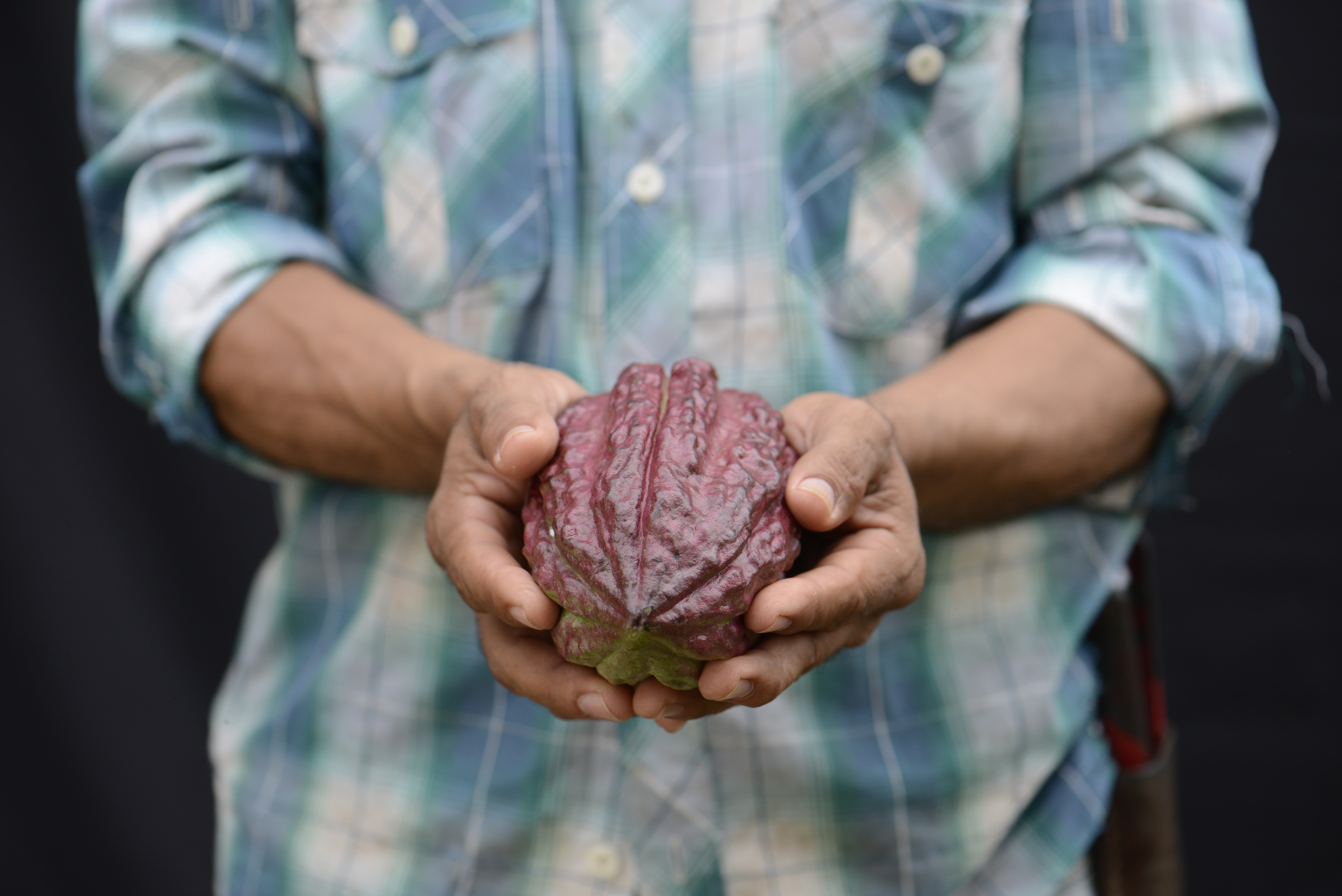
The Blended Finance Taskforce has just open-sourced some of the most promising business models and financial innovations, all aimed at transforming the world’s food and land use systems. But its director Katherine Stodulka tells us why, right now, more innovation isn’t the biggest missing ingredient…
“We need to mainstream all this innovation,” Katherine Stodulka explains. “Replicating what works is the only way we get to scale.” The capital required to transform the way we produce food and use land is within reach, she insists. “The real challenge is to replicate the proven financing solutions, reduce transaction costs and create more effective partnerships at every point of the investment value chain.”
Hence the BFT’s new catalogue for investors, business leaders, policymakers and project developers. It includes 60+ case studies, from around the world, which are helping attract capital for regenerative businesses and creating value from ecosystem services.
The case studies range from relatively small pilots to interventions aimed at mobilising over $1 billion for nature. Each of these financial instruments and business models is in some way unique – in design, deployment and outcomes. But they all have one thing in common: each example seeks to address at least one of the major barriers which is slowing the flow of capital out of the old food and land use economy and into more sustainable, regenerative, inclusive and nature-positive assets.
The catalogue offers something for almost all investors – showcasing opportunities around the world and across the risk / return spectrum: venture philanthropy and angel investors to development banks, private equity, insurers and pension funds. Investors at every point in the financing lifecycle can help close the $300bn annual investment gap to transform the food and land use system and accelerate a fairer, healthier, net-zero future.
Of course, the BFT doesn’t have a monopoly on spotting great opportunities: “We are launching a year-long case study campaign”, says Katherine, “collecting more stories and displaying them on our website for everyone to access. We’re aiming for another 500.”
Transforming food and land use means transforming finance
As the BFT’s “Better Finance, Better Food” report explains, we know why our global food industry need to change – it generates more than $12 trillion in hidden environmental, social and economic costs each year. We also know what needs to change, thanks to work done by the Food and Land Use Coalition (FOLU) in the “Growing Better” report, which identifies where investment is needed to drive critical transitions away from an unsustainable model of food production and land use.
But the financial sector is still largely stuck on how to drive change. Katherine reminds us that “Investing in nature is critical for people and planet. Banks and investors are making massive commitments to finance natural solutions, invest in carbon, and reach net zero. But most people don’t know how to get there.”
In part, this is because the system is broken: there are very few penalties for investments which create negative externalities; and of the $1m a minute paid by governments in agricultural subsidies, only 1% is used to benefit the environment. In most cases, there is still no premium or incentive to invest in assets which create value for people and planet, like nature conservation and rural infrastructure – even though these tend to reduce risk and create economic value as well.
Investors also face different kinds of risks when looking at the food system. Riskier geographies, small-scale projects and untraditional counterparts like smallholder farmers may be difficult for traditional lenders. Nascent business models (such as carbon or integrated landscape approaches) or solutions with unfamiliar risk profiles (e.g. regenerative agriculture or alternative proteins) can also rule out some mainstream investors.
It’s in cases like these that “blending” – using development and philanthropic capital to de-risk private investment into assets – can make a crucial difference.
Meeting the challenge
In fact, the BFT’s analysis prescribes a range of solutions: including sustainability-linked financial products with a focus on regenerative assets, nature-linked insurance to build country and community resilience and business models which create value and reduce risk through supply chain relationships, shared services and fintech solutions.
As the report makes clear, we are looking at a systemic shift, in which capital – at least $300bn a year – will need to be reallocated from the “old” food and land use economy into the new one: based around regenerative and circular business models that are driven by value rather than volume, and are more resilient, human-scale, diversified and in balance with nature.
The potential of this new economy is vast: its additional investment represents around 6% of the annual SDG funding requirement, but it could deliver almost one third of the required carbon savings alongside huge benefits for biodiversity, human health, livelihoods and inclusion.
Size of the prize
Transforming to a more sustainable food and land use system could generate more than $4.5 trillion in new business opportunities each year. Investors are catching on quickly: the increase in venture capital for circular food innovation, recent mega-IPOs for alternative proteins companies, the booming organics market (predicted to be worth $730 billion in 2030), and significant over-subscription figures for green bonds and other debt instruments for sustainable land use.
Speaking at a “Better Finance, Better Food” event at London Climate Action Week, Hubert Keller, Managing Director of Lombard Odier, said “It is not wishful thinking. This economic transition is fully in motion, driven by the markets. A number of solutions have already been unlocked to create nature-aligned business models which are simply better: they provide better economics and superior growth opportunities; and they provide an ability to deploy capital at scale.”
Katherine adds that “investors will be left behind if they don’t shift capital out of ‘4-degree’ portfolios.” All the examples in Better Finance, Better Food show that the pipeline is growing. But, Katherine says, “to attract mainstream capital, we still need to scale what is working.”
In practice, this means standardising frameworks for financial products, disclosure of climate and nature-related risks, and aggregating small-scale projects to be investable by mainstream capital. It means optimising the way we de-risk investments, using public and philanthropic funding in a smarter way that unlocks markets. And finally, it means improving value chain partnerships, relying on skilled intermediaries and market access players to lower transaction costs, facilitate pipeline connections and channel capital to where it is most needed in the investment lifecycle.
Achieving a true systemic shift will not be easy, but as the report concludes: “Finance can be powerful enabler of the new food and land use economy, an accelerator rather than an anchor.”
Banner image: Chris de Bode for Panos Pictures/Food and Land Use Coalition

